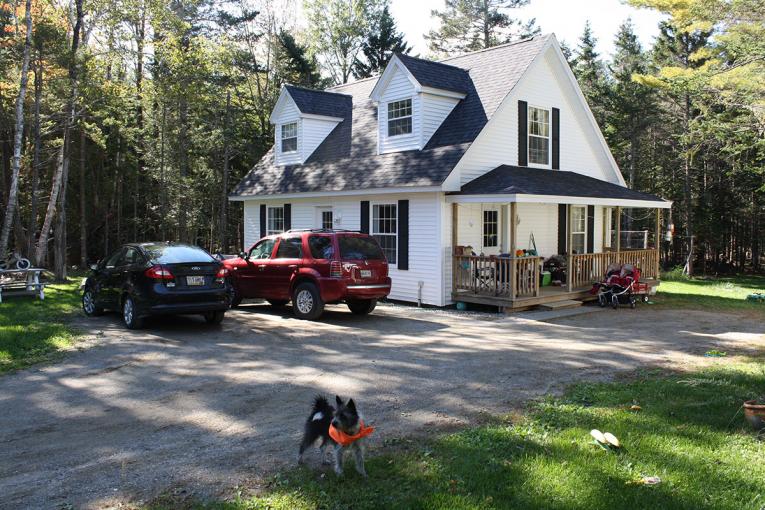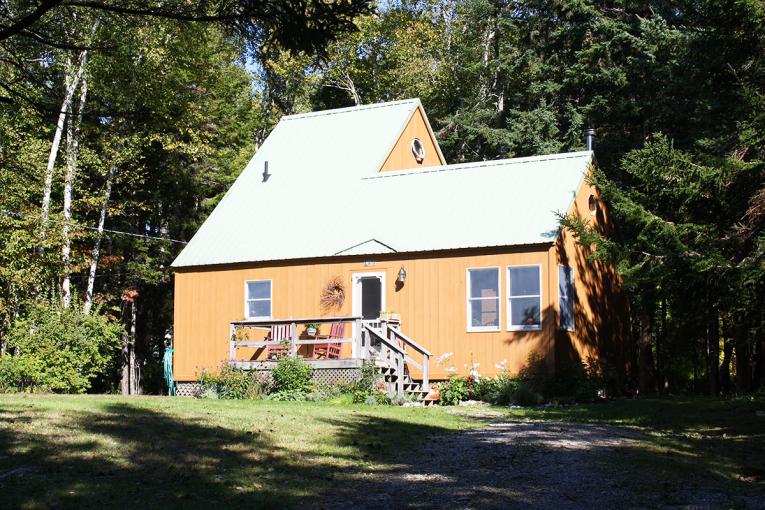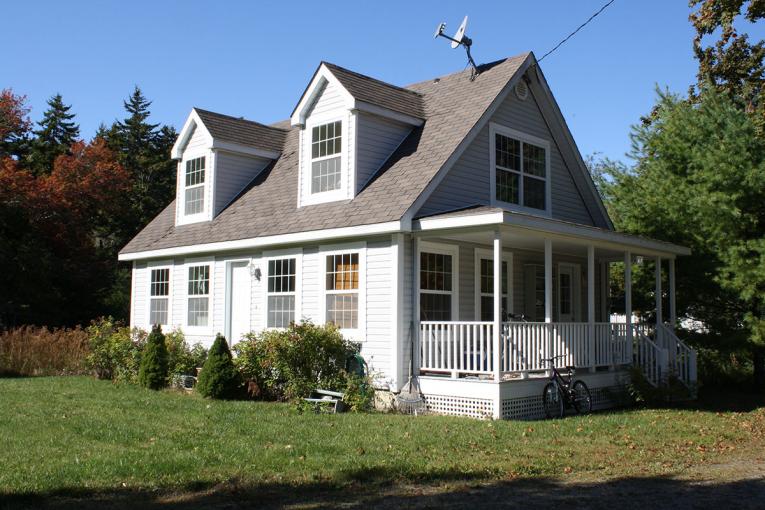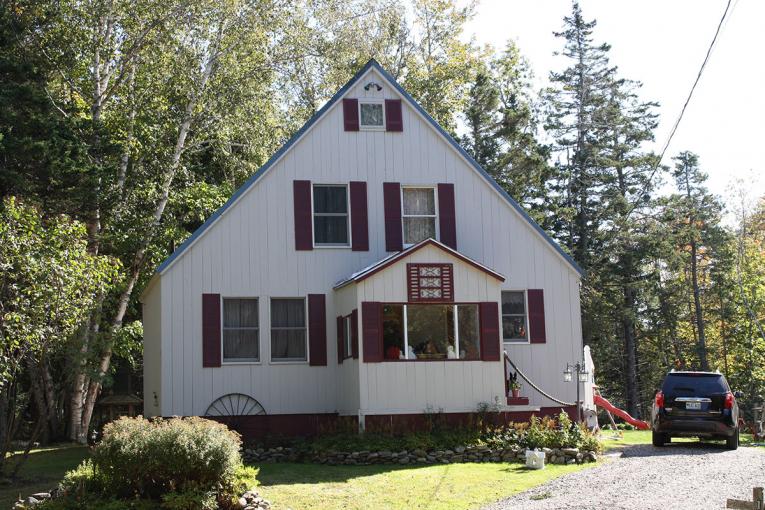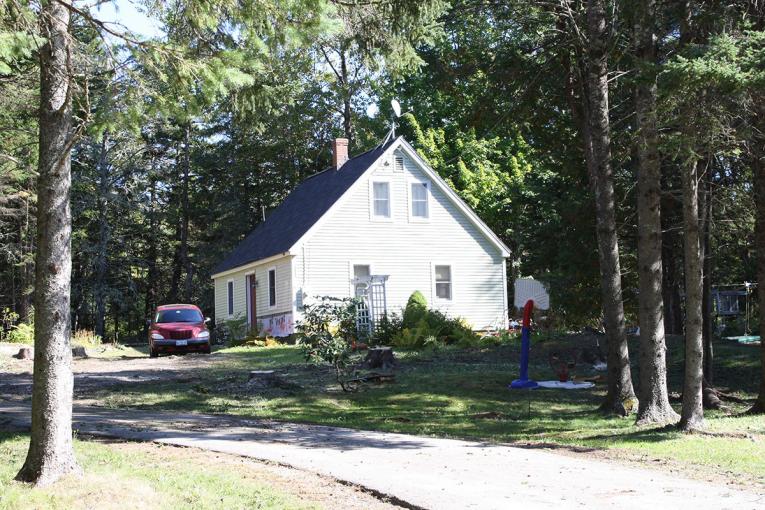Islesboro Affordable Property (IAP) was founded in 1988 and is one of the oldest affordable housing groups on a Maine island. It is also among the few with a paid staff member—executive director Rick Rogers.
HOW IT WORKS
Initially, IAP built an 8-unit project, the Ruthie James Subdivision. IAP retained ownership of the land in that project, but residents own the homes. IAP then constructed and sold a single-family home, subsidizing the purchase price to make it affordable. Since those projects, the group has built or acquired homes for rent. In 26 years, they have built or acquired 13 homes.
Q & A WITH RICK ROGERS, DIRECTOR OF ISLESBORO AFFORDABLE PROPERTY
What constitutes “affordable” housing?
If you are asking what the housing market is like, the bottom of the market for something you might consider living in is around $150,000. But these homes often require extensive rehab and winterization, which can bring the cost up to what a new prefab home costs. While we are sensitive to “adding to the island inventory,” at least in the recent past, building new has been the way to go. Currently, there are many homes for sale on island and the prices have dropped dramatically.
Where does the funding for these projects come from?
We use Camden National Bank and The Genesis Community Loan Fund extensively for our loans. We use MaineHousing funds. Most of our money is privately fundraised.
Has there been resistance to this work in your town?
No, though you sometimes hear some grumbling about those we select. Especially from some of the single people but when a home comes up. We try to serve the most people we can with the asset, which, by definition, hurts the application of the single person with no children. The town is working on an initiative to address this.
With this experience under your belt, what advice would you give someone implementing a similar project in their town?
Start small, know your market, know who you are targeting, know what level of assistance they will need, know what level of support they can personally provide, and most importantly, watch your debt.
KEY FACTORS
- Attract capital. IAP has repeatedly partnered with Genesis Community Loan Fund and Camden National Bank for financing. It has also relied on MaineHousing funds.
- Know your market. “Start small and know the people you are targeting, and know what level of assistance they will need,” says IAP executive Rick Rogers. “Most importantly, watch your debt.”
CHALLENGES
- Taking on too much debt. IAP’s original plan was to borrow money and have the income from rental units cover the payments. “The problems with that plan are that sometimes people don’t pay their rent, insurance has dramatically increased since purchase of some of these homes, and taxes must be accounted for,” Rogers said. “In practice, the rent seldom pays for the mortgage, and it does nothing to cover the upkeep, taxes and insurance. IAP must fundraise $13,000 per year to cover all of the expenses. Since I’ve taken over IAP, we have reduced our debt by $142,000.”
- Constant fundraising. “The biggest challenge is the constant need to fundraise,” says Rogers. That coupled with an aging donor base is the greatest concern for me.”
ADDITIONAL RESOURCES
- Maine Islands Grant Forum
- “Group tries to keep island viable through affordable housing project” (BDN, 2012)
- Genesis Fund
Originally Published March 2016

